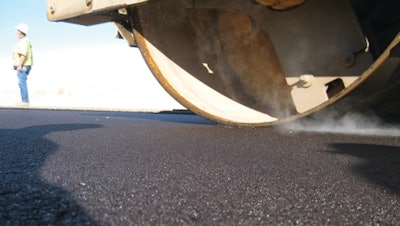
The World Road Association (PIARC) has released a comprehensive report on quieter pavement written for engineers, agencies, and highway contractors. The 2013 Quiet Pavement Technologies report is a practical resource containing leading international knowledge on constructing quieter asphalt and Portland cement concrete pavements.
The report offers practical guidance for those aiming to build quieter pavements with porous asphalt, stone–matrix asphalt, thin surfacings, asphalt–rubber mixtures, poroelastic road surfaces, surface treatments, drag textures, diamond grinding, or longitudinal tining. Each surface type is evaluated according to its acoustical effectiveness and durability, safety properties, cost, and structural performance.
Quiet Pavement Technologies delivers "state–of–the–art guidance for reducing tire–pavement noise, increasing pavement longevity, and lessening the need for costly roadway reconstruction," according to Dr. Robert O. Rasmussen, PE, vice president and chief engineer of The Transtec Group, a pavement engineering firm. Dr. Rasmussen's findings on quieter pavement technologies are referenced throughout PIARC's report.
PIARC assembled the team responsible for the report by nominating international experts. The PIARC sub–committee on Surface Characteristics includes members from the US, Japan, Canada, Italy, France, Mexico, Spain, Greece, and the Netherlands.
The authors considered two approaches to lessening road noise: corrective abatement measures—reducing noise after roadway construction—and preventive "integrated planning." PIARC expects preventive planning to be "the most cost–effective and efficient approach."
PIARC's report also includes tire–pavement noise fundamentals and a discussion of current quieter pavement initiatives.
Click here to access the Quiet Pavement Technologies report.















